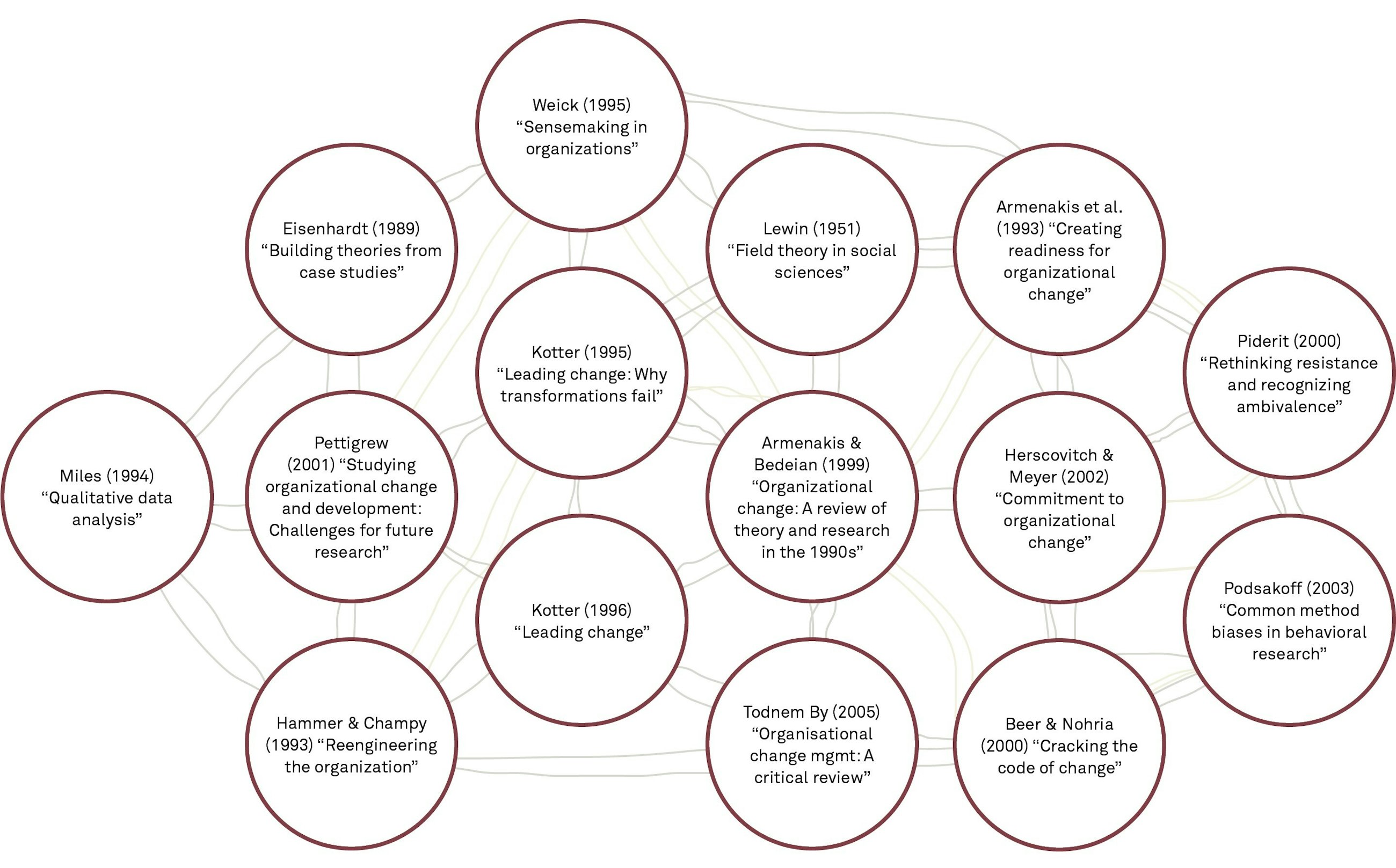1 April 2021
Every project and every development start with communication. A purpose, a process and competences. Not to mention the actual implementation. Communication is in everything. Communication inspires and creates direction, and experience shows that the more complicated the project, the greater the need for change communication.
Just think of IT projects. Often developed by very few people with a specific technical insight and with great or small impact for an entire organisation/company. The implications are significant, and the effect often fails to materialise. Why?
In 2016, Implement and the University of Oxford initiated a collaboration with the aim of analysing large IT projects. An academic collaboration to describe and find the common denominators for success and failure that occur again and again in every project. In all of Europe
The background of the Oxford study:
- Data from more than 150 IT projects
- More than 1,800 academic articles about change collected and analysed
- More than 200 interviews conducted
- Analysis based on more than 9,000 data points
- Workshops with more than 250 IT project managers
The work was based on the known myths and theories about change and, therefore, dealt with the seven well-known elements to creating change with impact. There must be a structured approach to change, a need for clear purpose for the change, management must take ownership of the project, significantly build trust, early involvement of users, effective and relevant communication must be established, and training must be agile and effective.
Three years and 150 IT projects later, the results of the research are clear. The seven previously listed elements in managing a successful change were examined in the study, partly for importance and relevance and partly measured relatively in terms of effect in relation to each other. And the result was surprising.
All seven theories are related to the effect and success of change, but three stand out statistically from the others.
The starting point of this article is change communication, and we will, therefore, refrain from commenting further on the study’s two other focus areas: management’s ownership and the ability to build trust to ensure success.
The study answers three crucial questions about communication:
- What is effective communication?
- How do we start a dialogue with end users?
- Who should be the primary sender of communication?
Overall, we can establish that effective communication follows the IT project’s plan, is dialogue-oriented and targeted towards end users. This sounds simple, but in reality it is quite complicated. For example, the study shows that user forums and feedback sessions are the most effective forms of communication, while regular user surveys and meetings are the least effective.
Furthermore, the study provides answers as to which sender group the end users immediately trust the most, and here, the answer is clear-cut: it is not top management.
The two sender groups that are in a class for themselves as the most confidence-inspiring and effective are direct leadership – in other words, the manager that is closest to the individual end user/employee – and the communications people who work with the project’s communication. And one of the study’s largest dilemmas is here, as far from all of the 150 IT projects that were part of the study actually had set aside resources for project communication.
The conclusions from the Oxford study are completely new and will undoubtedly have a major impact on the focus of prioritisation in future IT projects and theories and myths behind change management.
We already work with this at Implement, and the question is whether the results of the study can be carried forward to other projects that do not have IT as a focal point.
At Implement, we are convinced that the known change management theories will continue to apply, not only within IT projects, but within all project categories. The fact that the Oxford study highlights change communication as one of the three crucial elements only serves as a pleasant piece of information for all communicators that do not only work with internal communication but are focussed on project communication. Clever change communication can change (almost) everything. Even impact in IT projects.





